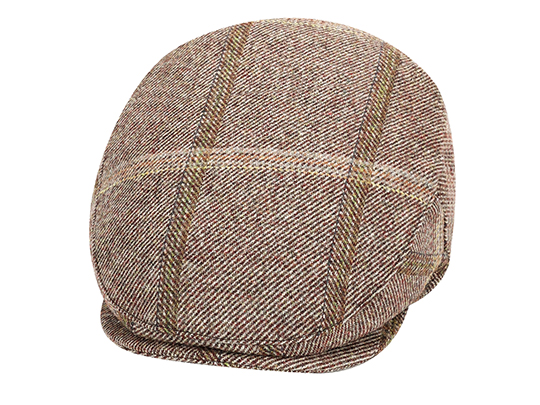What is the history of the peaked cap?
The peaked cap, also known as the visor cap or service cap, has a rich and storied history that spans centuries and continents. Originating from military attire, this distinctive headwear has evolved into a symbol of authority, professionalism, and style across various cultures. Let's delve into the intriguing history of the peaked cap.
The peaked cap, also known as the visor cap or service cap, has a rich and storied history that spans centuries and continents. Originating from military attire, this distinctive headwear has evolved into a symbol of authority, professionalism, and style across various cultures. Let's delve into the intriguing history of the peaked cap.
Origins: The origins of the peaked cap can be traced back to the early 19th century in Europe, where it was first adopted as part of military uniforms. Its design was practical, featuring a stiff visor to shield the eyes from the sun and a structured crown to provide stability and protection.
Military Adoption: The peaked cap quickly gained popularity among military forces due to its functionality and distinctive appearance. It became standard-issue attire for officers in many armies around the world, including the British Army, German Army, and United States Army. The cap's design often varied depending on the branch of service and rank of the wearer, with embellishments such as insignia and chinstraps added for distinction.
Symbol of Authority: Beyond its practical utility, the peaked cap came to symbolize authority and leadership within military ranks. Officers proudly wore their caps as a mark of their status and responsibility. In some cases, the cap's design was used to signify specific roles or duties within the armed forces, further reinforcing its symbolic significance.
Civilian Adaptation: In the late 19th and early 20th centuries, the peaked cap began to transition from military attire to civilian fashion. It was adopted by various professions, including police officers, railway workers, and chauffeurs, as part of their uniform. The cap's association with authority and professionalism made it a popular choice for individuals in positions of responsibility.
Cultural Influence: Over time, the peaked cap became ingrained in popular culture, appearing in films, literature, and art as a symbol of sophistication and authority. It became synonymous with certain professions and lifestyles, such as the classic image of a detective or a captain of industry wearing a sharply tailored suit and a peaked cap.
Modern Evolution: In the present day, the peaked cap continues to be worn in both military and civilian contexts, albeit with some variations in style and design. While it remains a staple of formal military uniforms, it has also been embraced by fashion designers and streetwear enthusiasts, who incorporate elements of its design into contemporary clothing and accessories.
Conclusion: The peaked cap's journey from military necessity to cultural icon is a testament to its enduring appeal and versatility. Whether worn as part of a uniform or as a fashion statement, it remains a symbol of authority, professionalism, and style, embodying centuries of tradition and history.
